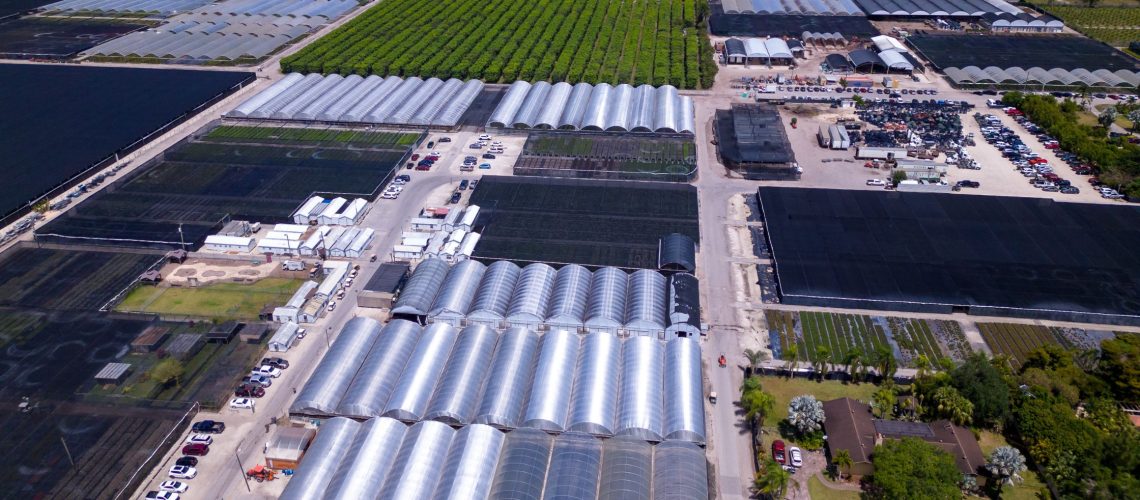Are you tired of an inefficient watering system for your farm or land? If so, it’s time to consider installing a new irrigation system.
But before you dive in, there are important factors to consider to ensure a successful installation. Planning and assessing your space is crucial in determining the right irrigation system for your needs. You’ll need to evaluate the size, layout, soil type, and terrain of your agricultural operation.
Additionally, don’t forget to assess your water source and pressure to ensure adequate supply. And, of course, budget and maintenance should also be taken into account.
By considering these factors, you’ll be well on your way to a thriving operation without the hassle of inefficient watering.
Location and Landscape Assessment
When installing an irrigation system, consider conducting a location and landscape assessment. This step is crucial to ensure your irrigation system’s proper functioning and efficiency.
Start by evaluating the topography of your farm or land. Take note of any slopes or uneven areas that may affect water distribution.
Next, assess the soil type and drainage capabilities. Different soil types require varying amounts of water, so it’s essential to understand the specific needs of your landscape.
Additionally, identify any obstacles, such as trees, shrubs, or structures, that may obstruct the sprinkler’s coverage.
Water Source and Supply Considerations
How can you ensure a reliable water source and supply for your agricultural irrigation system installation?
One important consideration is the availability and accessibility of a water source. You need to identify where you’ll get the water for your irrigation system. It could be from a well, a municipal water supply, or even a nearby pond or lake.
You also need to assess the water supply capacity. Ensure that the volume of water available is sufficient to meet the needs of your sprinkler system.
Additionally, consider the water quality. If the water source contains high levels of minerals or contaminants, it may affect the efficiency and effectiveness of your irrigation system. Therefore, it’s crucial to test the water quality and, if necessary, install proper filtration systems to ensure a reliable water supply for your watering system.
System Design and Layout Planning
To ensure a successful installation, consider carefully designing and planning the layout of your irrigation system.
The system design and layout planning stage ensures optimal water distribution and coverage for your landscape.
Start by determining the water requirements of each area and the type of sprinkler heads to be used.
Consider factors such as the size and shape of the area, the water pressure available, and any obstacles or slopes that may affect water flow.
Map out the location of the sprinkler heads, valves, and pipes, ensuring they’re placed strategically to cover the entire area efficiently.
Consider the water source and supply considerations discussed earlier to ensure a well-integrated and functional system.
Proper system design and layout planning will greatly contribute to the effectiveness and longevity of your sprinkler system.
Selection of Sprinkler Types and Components
When selecting sprinkler types and components for your system, consider factors such as water pressure, coverage area, and vegetation needs.
Water pressure is an important consideration as it determines the effectiveness of the irrigation system in delivering water to your plants. Low water pressure may result in inadequate coverage and poor water distribution. On the other hand, high water pressure can cause excessive water runoff and waste.
Additionally, you need to evaluate the coverage area of your system to ensure that it can effectively water your entire operation. Different sprinkler types have varying coverage patterns, so choose one that aligns with your needs.
Lastly, consider the specific needs of your vegetation, such as the type of plants and their water requirements, to select sprinklers that can cater to these needs effectively.
Maintenance and Ongoing Care Requirements
To ensure the optimal performance of your irrigation system, it’s important to maintain and care for it regularly. This involves several ongoing tasks.
First, you should regularly inspect your irrigation system for any signs of damage or wear. Look for leaks, clogged nozzles, or broken parts, and address any issues promptly.
Additionally, it’s important to clean the sprinkler heads and nozzles regularly to prevent blockages and ensure proper water distribution.
Adjusting the sprinkler heads to ensure they’re properly aligned and covering the desired area is also crucial.
Furthermore, you should regularly check and adjust the watering schedule according to the changing weather conditions and the needs of your landscape.
Southwest Florida Service & Supply: Your Trusted Partner in Irrigation System Excellence
When installing an agricultural irrigation system, it’s important to consider the size and layout of your land.
This will help determine the number and placement of sprinkler heads needed to cover the entire area adequately.
Another factor to consider is the water source and pressure available. You will need to evaluate if your current water supply can support the demands of an irrigation system. Additionally, you should check the water pressure to ensure it is sufficient for proper sprinkler operation.
Budget and maintenance are also important considerations. Irrigation systems can vary in cost, so it’s essential to set a budget and find a system that fits within it. Additionally, you should consider the system’s maintenance requirements, such as winterization and regular inspections, to ensure it continues to function effectively.
Contact Southwest Florida Service & Supply today to schedule a consultation. Let their seasoned experts assess your needs, recommend tailored solutions, and ensure a seamless installation process.

